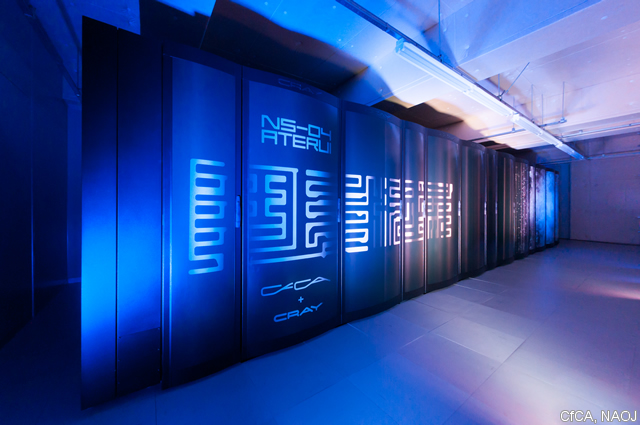Baryon Forces
Baryon Forces
Does exotic dibaryon exist in nature? In order to answer this long-standing issue, we calculate unknown baryon forces with strange/charm quark(s), such as interactions of Ω or Ωccc baryon, and study the corresponding dibaryon candidates. This also serves as the generalization of di-Omega (ΩΩ) study in priority issue 9. To accelerate the study, we first employ the lattice QCD gauge configurations near the physical point (i.e., quark masses are close to their physical values), which were generated by K-computer.
We next generate lattice QCD gauge configurations at the physical point (quark masses are taken to be the physical values), where we take advantage of the large-scale resources and co-design development of supercomputer Fugaku. The lattice volume is taken to be sufficiently large (> 8fm box) compared to the interaction range of baryon forces. We then calculate baryon forces at the physical point and clarify the existence/non-existence of dibaryon states.
Hyperon forces, interactions between baryons with strange quark(s), will be calculated at the physical point. Compared to the calculation in the post-K priority issue 9, we can eliminate systematic errors associated with (the deviation of) quark masses. We will perform comprehensive calculations of general hyperon forces for the central and tensor forces in S- and D-waves.In particular, we determine hyperon forces in the strangeness S = -2 channel such as NΞ and ΛΛ interactions. Based on the obtained baryon forces, we will calculate spectra of nuclei as Ξ-hypernuclei, which serves as essential predictions for hypernuclearexperiments at J-PARC. In addition, baryon-baryon correlation in heavy ion collisions will be studied and compared with experiments at LHC.
